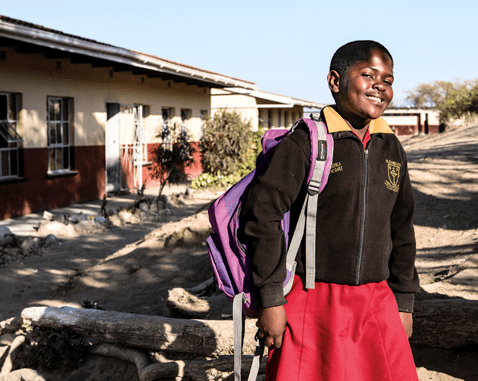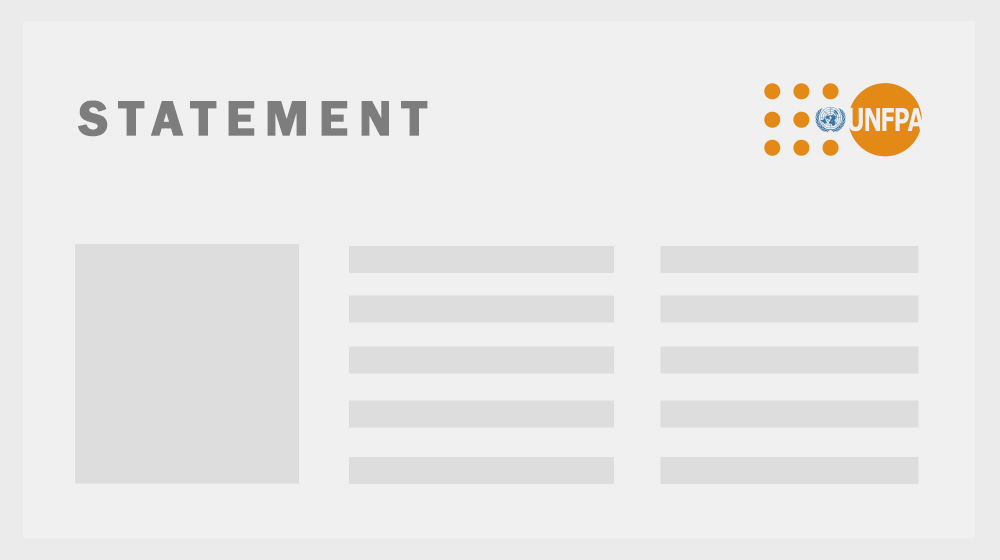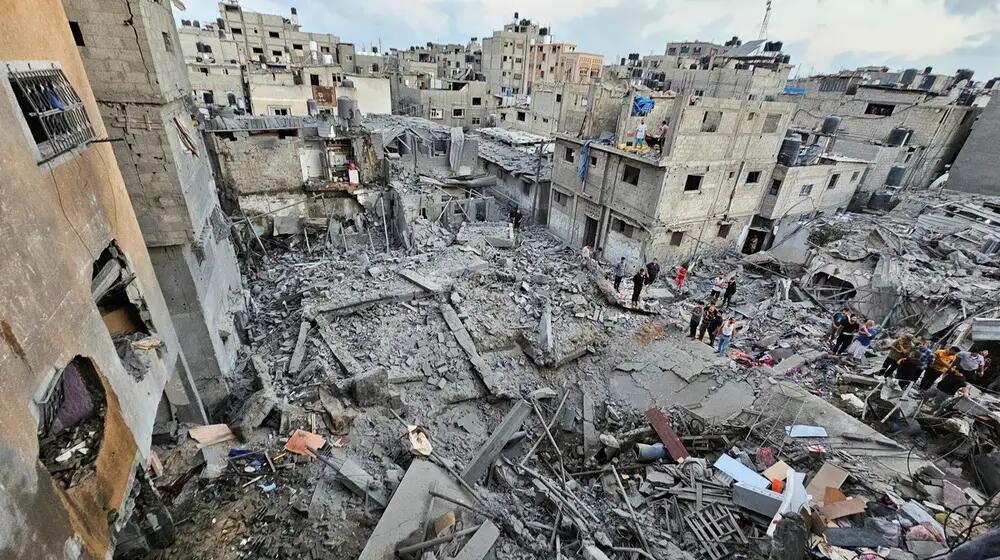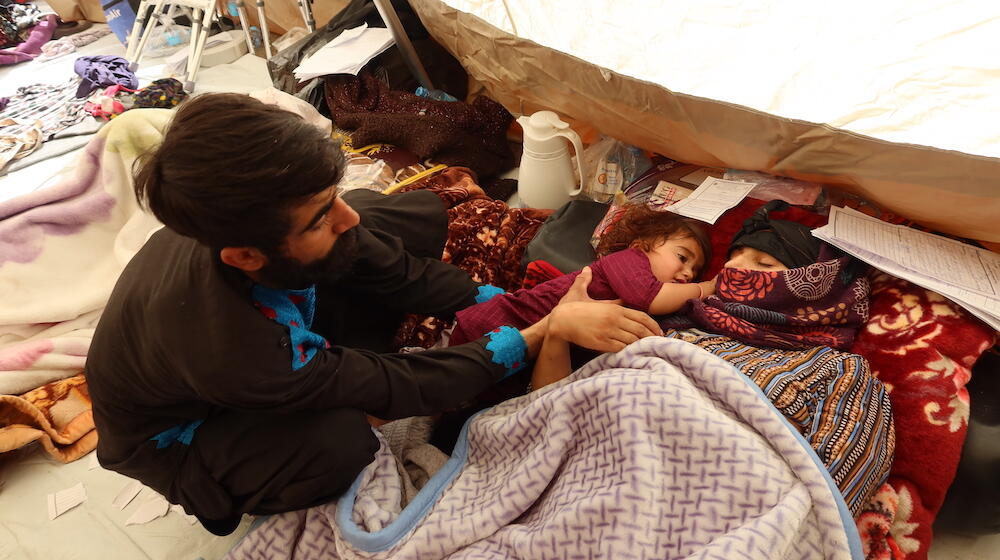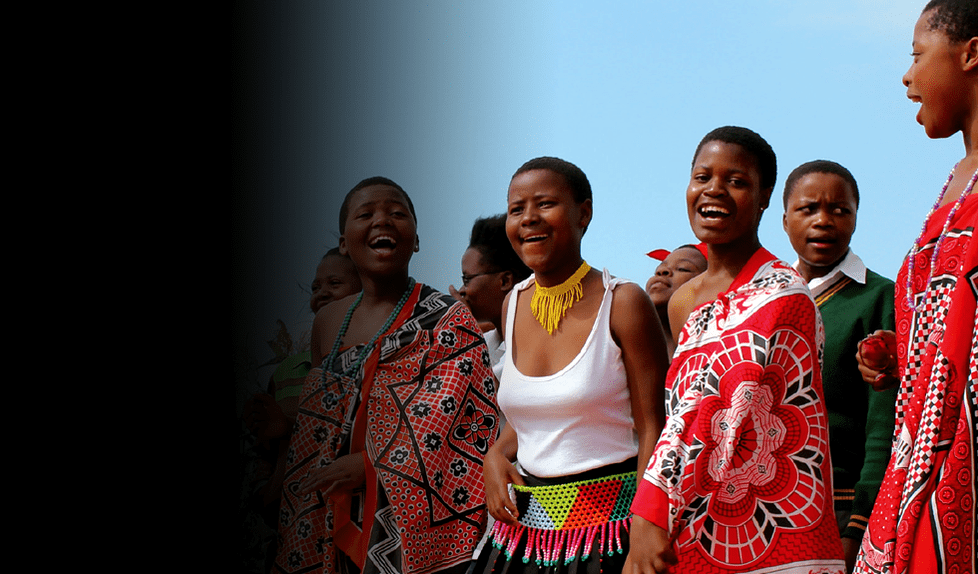Eswatini has greatly been affected by drought which has resulted in food insecurity and with the most affected population groups being very poor. These have lost their crops and have seen their income reduced due to chronic illness or death of bread winner, and lost of employment as a result of the drought. Pockets of very poor and poor households that, until recently, have relied on food and cash assistance deserve close monitoring are still evident. Food prices remain significantly higher than the period previous to the drought. Its is estimated that 159,080 people are prohjected to be in need of urgent of food assistance( Vulnerability Analysis and Assessment (VAA), 2017)
